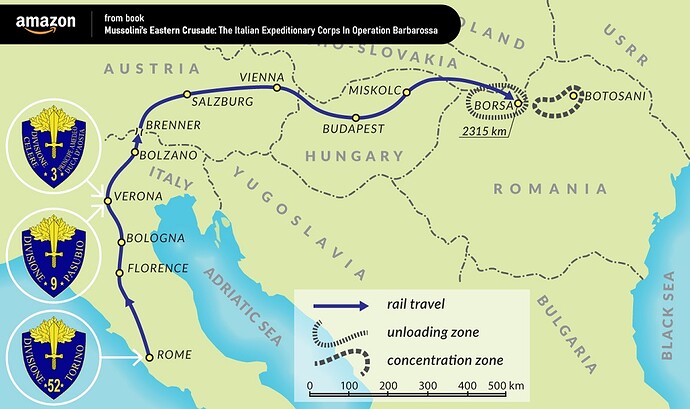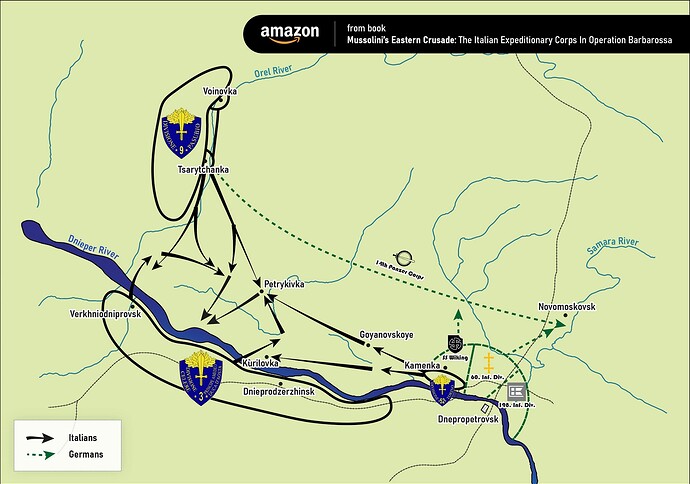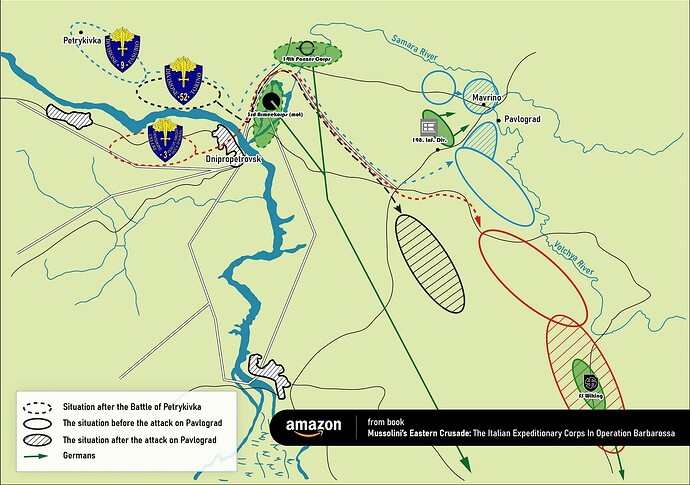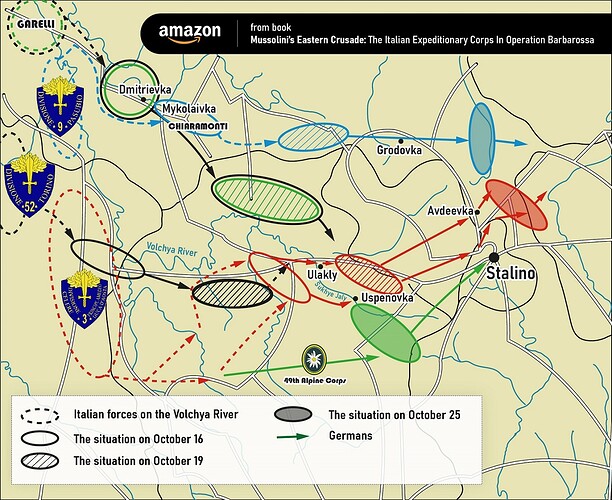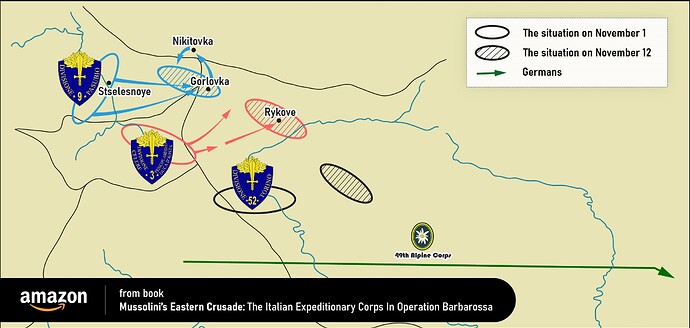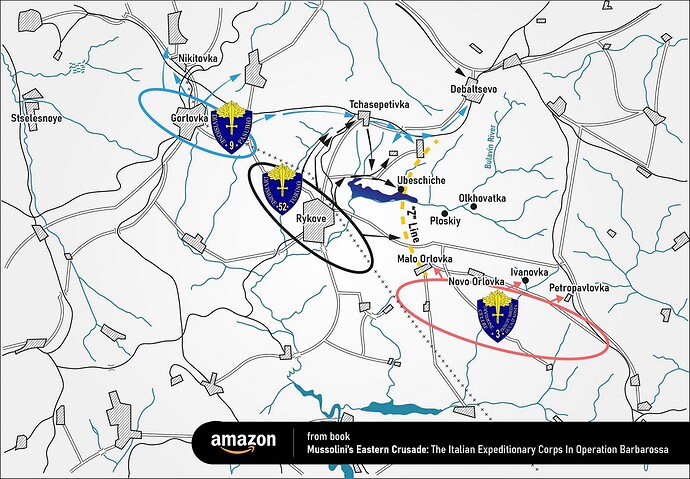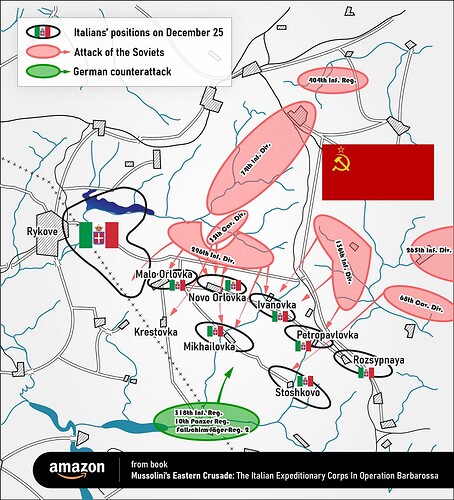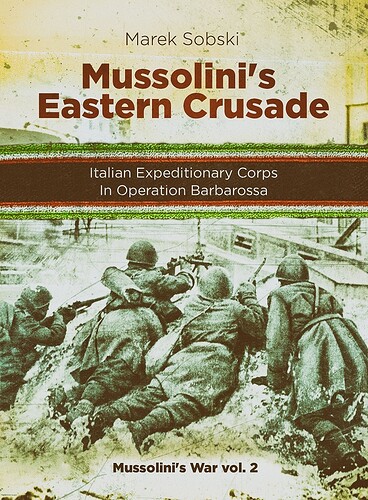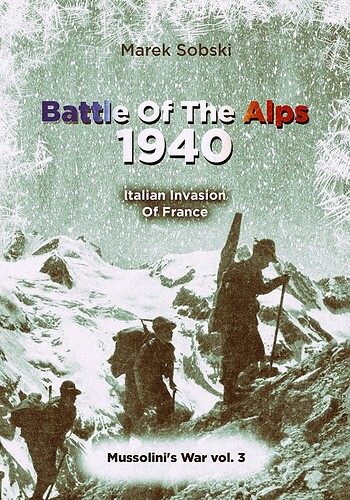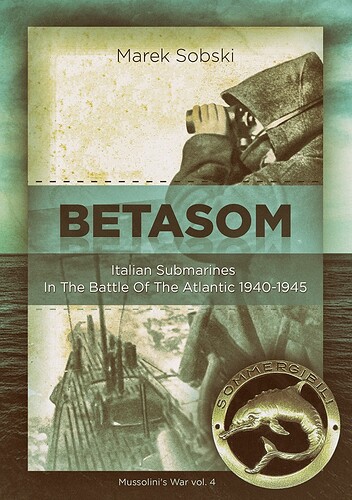Hello!
I wanted to introduce myself, my book series and its first volume.
“Mussolini’s War” series of publications is aimed to deal in a matter-of-fact way with the unfair, racist myth of the Italian being a cowardly soldier by birth. It will discuss in a substantive way the campaigns fought by the Italian forces on the ground, at sea and in the air during the reign of Benito Mussolini, the dictator. Reader-friendly language style, descriptions of previously neglected or unknown operations and actions, a lot of space devoted to the most important heroes of the events in question – the rank-and-file - all this makes these books dedicated to readers of all levels of historical knowledge and a guarantee of pleasant time spent reading. The painfully honest account of the weaknesses of the Italian military, in which however, we do not forget about the numerous examples of unprecedented heroism and endurance of the Italians, is based on references on the topic published worldwide, thanks to which we avoid mythologisation, which can often be noticed in other works. It is the first time that the subject is presented comprehensively in the English language.
Volume I is “East Africa 1940-1941 (land campaign): The Italian Army Defends The Empire In The Horn Of Africa” available on Amazon: https://www.amazon.com/dp/B08PC7FYMV (and every other marketplace)
When the Kingdom of Italy entered the war in Europe in June 1940, it did so only for a moment to hasten the fall of France and force Britain to the peace negotiations table. With each subsequent month it was turning out that the Italians had got involved in a war that was not going to have a quick and victorious end, and the state of their own unpreparedness for the conflict was shocking.
Due to the Italian colonial possessions, the war also spread to East Africa, so distant for Europeans. This is where the situation of the Italian forces turned out to be the most difficult. The troops fighting there, mostly consisting of natives, were disastrously poorly armed, trained only for the purposes of colonial warfare or maintaining internal order in the colonies, cut off from supplies by neighbouring French and British possessions, and the Italian high command lacked the abilities of waging regular campaign. The British Empire, too, began the battle for the Horn of Africa poorly prepared, but quickly realised the importance of this campaign, namely the safety of its own lines of communication across the Red Sea, the Nile and Africa. Having quickly mobilised its forces, it proceeded to eliminate the Italian threat in this part of the world.
This work presents in detail the campaign that lasted until November 1941, in which soldiers of about twenty nationalities from three continents fought on both sides for the colonial interests of Italy and Britain. The campaign in East Africa is not only about the frontline combat, it is also a brutal war between Italians and Ethiopian partisans. We also present issues such as the economic situation of Italian East Africa, the fate of the Italians inhabiting it, the history of the countries that constituted it after the campaign ended, and the Italian underground resistance, whose flame was smouldering up to the very armistice between Italy and the Allies.
Marek Sobski, a graduate of the University of Zielona Góra, is a historian. Author of several books (including some published in English like “Lictorian Fasces Over England. Regia Aeronautica In Action Against Britain 1940–1941” and the two-volume “Crickets Against Rats. Regia Aeronautica In The Spanish Civil War”), as well as articles in specialist magazines. Since late 2011, he has been a promoter of interest in the history of the Italian military in the first half of the 20th century, and his expertise has been made available to readers of the “Mussolini’s War” blog and on social media.
Please wish me good luck!
Best regards,
Marek Sobski



